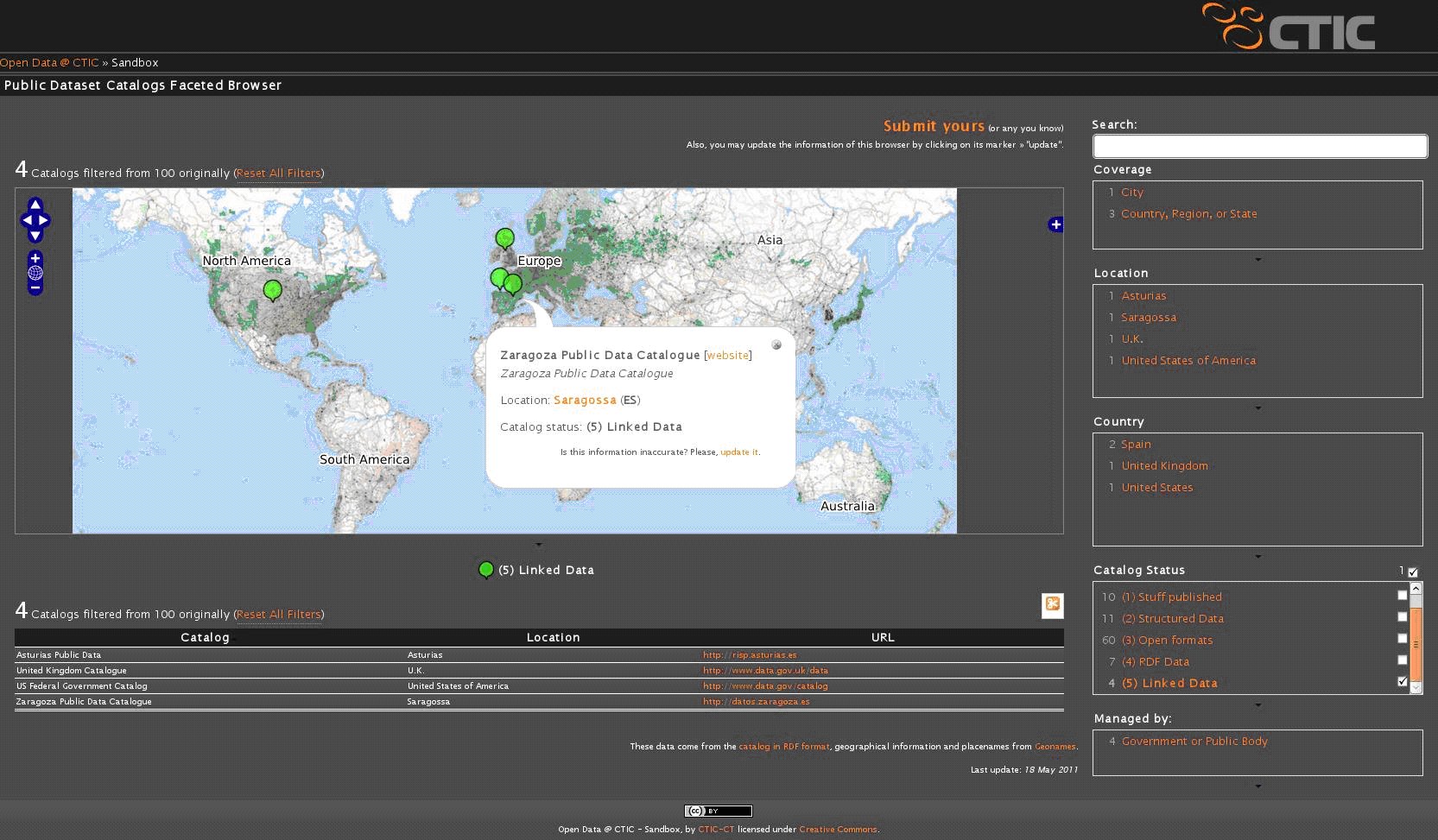TPDL 2011 will be held next september in Berlin. We will show the following paper:
Transformation of a keyword indexed collection into a semantic repository: applicability to the urban domain. Authors: Javier Lacasta, Javier Nogueras-Iso, Jacques Teller, Gilles Falquet
Abstract: In the information retrieval context, resource collections are
frequently classified using thesauri. However, the limited semantics
provided by thesauri restricts the collection search and browsing
capabilities. This work focuses on improving these capabilities by
transforming a set of resources indexed according to a thesaurus
into a semantically tagged collection. The core mechanism for
building this collection is based on the conversion of the domain
specific thesaurus (indexing the collection of resources) into a
domain ontology connected to an upper level ontology. The
feasibility of this work has been tested in the urban domain by
transforming the resources accessible through the European Urban
Knowledge Network into a Linked Data repository.

